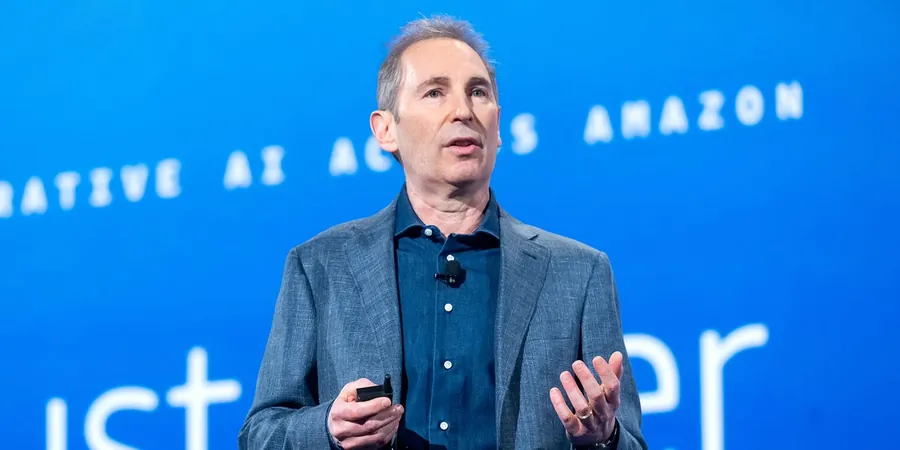
Amazon Unveils Bold New Pay Structure: Who Wins and Who Loses?
2025-05-05
Author: Jessica Wong
Amazon Revamps Employee Compensation for High Performers
In a dramatic overhaul designed to spotlight exceptional talent, Amazon is reshaping its compensation framework to reward those who consistently shine while dialing back benefits for lower achievers. The tech giant's updated strategy aims to better recognize long-term high performers, as revealed in internal documents acquired by Business Insider.
What’s Changing in Compensation?
Under the new system, employees achieving a "Top Tier" performance rating for four consecutive years can earn an astonishing 110% of their designated pay range—an increase beyond previous caps. In contrast, those receiving Top Tier for the first time will see their payout drop from 80% to just 70% of their pay band.
This initiative aligns Amazon with other major players in the tech industry, such as Google and Microsoft, who are similarly tightening their employee compensation strategies. Google's slashing of bonuses for underperformers and Microsoft’s stricter review protocols mirror Amazon’s new direction.
A Clearer Path for Rewards
An Amazon spokesperson stated that the goal of this new model is to "better distinguish" between newer high performers and those who have consistently outdone expectations. "Employee contributions continue to drive compensation outcomes, but this year's approach places a sharper focus on sustained excellence," they explained.
Performance Ratings Matter More Than Ever
Amazon's annual pay cycle typically commences in April, specifically for corporate employees. For the rank-and-file, pay updates are also earmarked for early April. The company evaluates various metrics when determining salaries, but individual performance ratings—known internally as "Overall Value"—remain paramount.
Employees are categorized into five performance tiers: Top Tier (TT), Highly Valued 3 (HV3), Highly Valued 2 (HV2), Highly Valued 1 (HV1), and Least Effective (LE). This year, the guidelines have shifted to assign greater importance to an employee’s historical ratings, creating a more pronounced link between past performance and pay.
A Closer Look at the New Rating System
Here's a breakdown of the revamped rating dynamics: a rise from HV1 to HV2 now yields only 10% of the pay range (down from 20%), but a dip from HV3 to HV2 still nets 20%, signaling that previous performance holds significant weight. Furthermore, a move to HV3 now grants 40% of the pay band, instead of 50%, and two years of Top Tier now equals 90%, down from 100%.
For those achieving three consecutive Top Tier ratings, compensation can reach up to 105%, but four years will unlock that elusive 110%. However, first-time Top Tier employees will only enjoy 70% of their pay band compared to the more generous 80% before.

 Brasil (PT)
Brasil (PT)
 Canada (EN)
Canada (EN)
 Chile (ES)
Chile (ES)
 Česko (CS)
Česko (CS)
 대한민국 (KO)
대한민국 (KO)
 España (ES)
España (ES)
 France (FR)
France (FR)
 Hong Kong (EN)
Hong Kong (EN)
 Italia (IT)
Italia (IT)
 日本 (JA)
日本 (JA)
 Magyarország (HU)
Magyarország (HU)
 Norge (NO)
Norge (NO)
 Polska (PL)
Polska (PL)
 Schweiz (DE)
Schweiz (DE)
 Singapore (EN)
Singapore (EN)
 Sverige (SV)
Sverige (SV)
 Suomi (FI)
Suomi (FI)
 Türkiye (TR)
Türkiye (TR)
 الإمارات العربية المتحدة (AR)
الإمارات العربية المتحدة (AR)